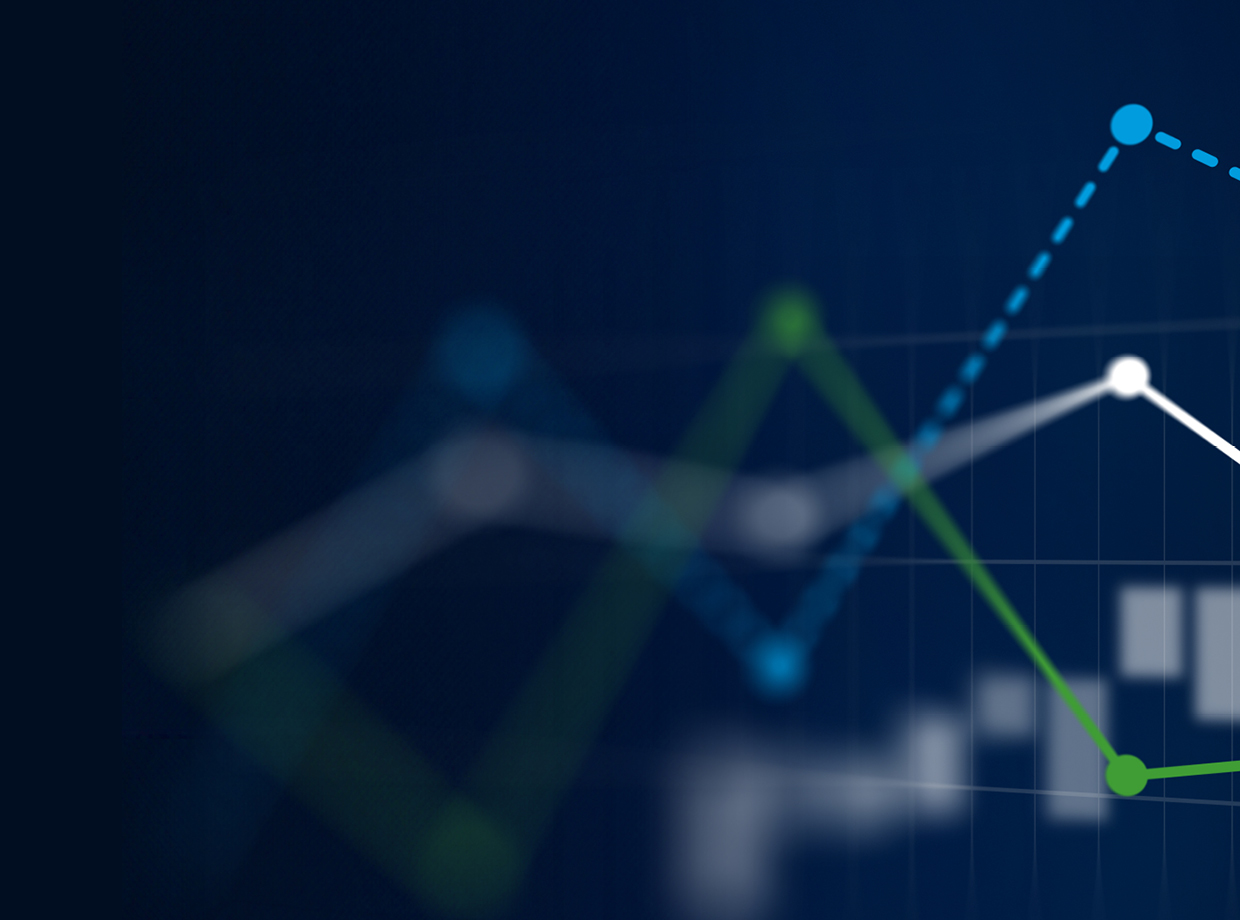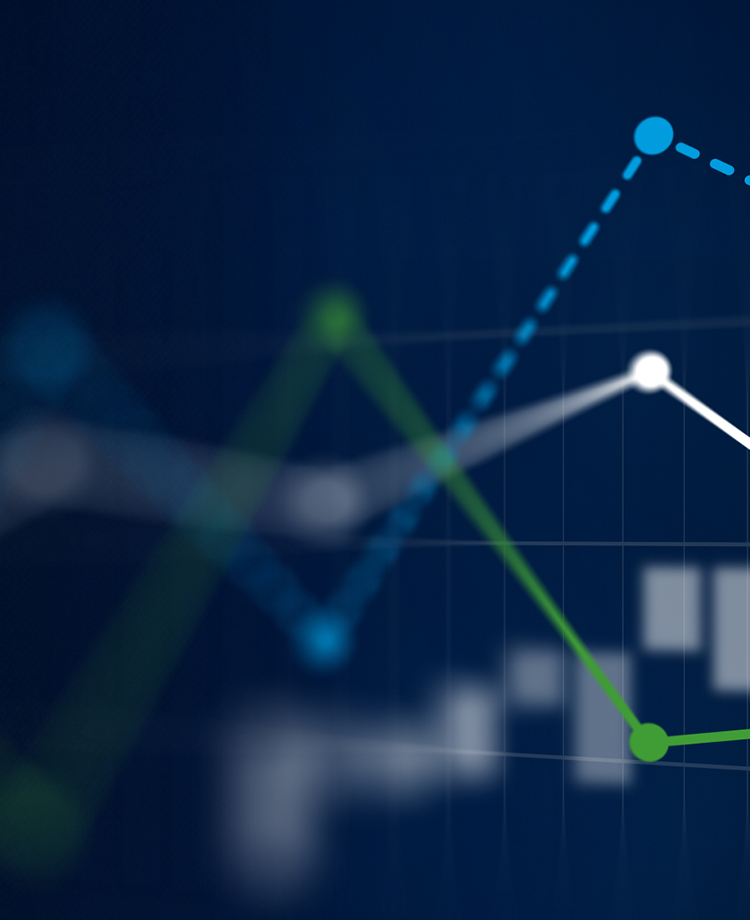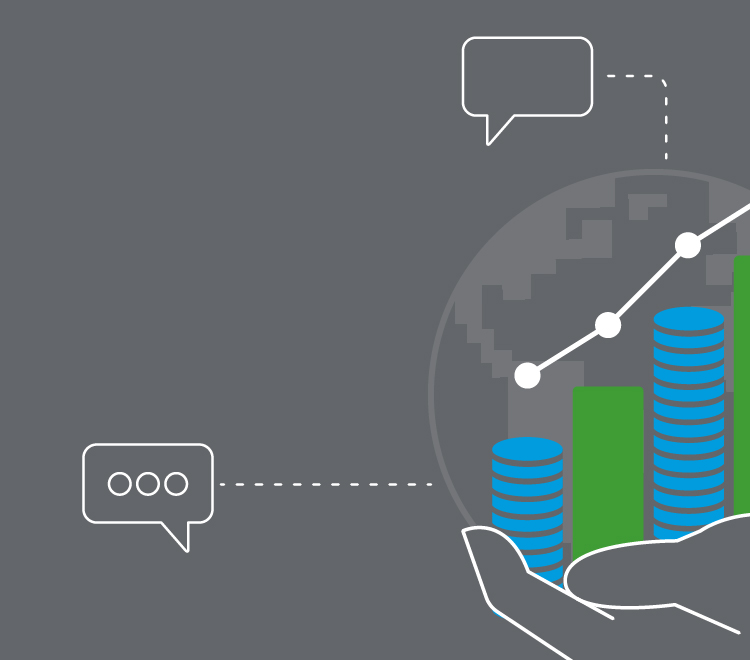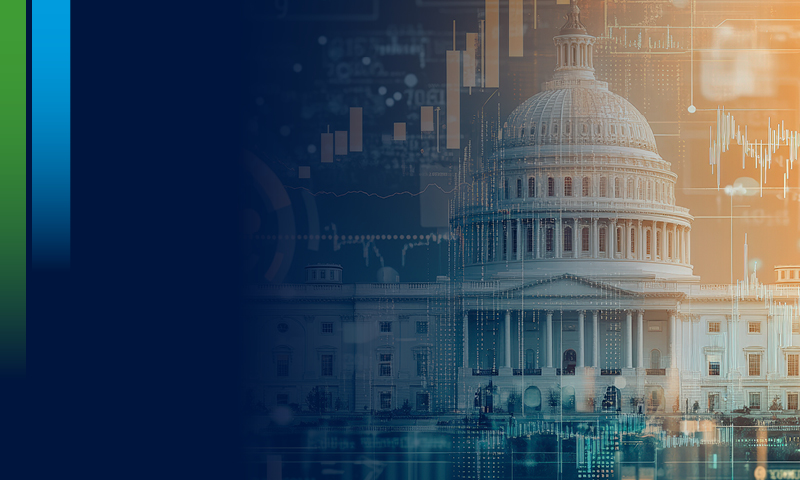17 August 2022
Inflation hit double digits for the first time since the early 1980s in July – and there is worse to come. Given the huge surge in natural gas prices over the last month, expect inflation to reach at least 13% in October.
At 10.1% inflation is hotter than the Bank of England expected just a couple of weeks ago. The pressure is now on the Monetary Policy Committee (MPC) to raise interest rates by another 50 basis points (bps) at its next meeting in September, especially as there is plenty of evidence that inflation is becoming more broad-based. Our expectation is that interest rates will reach 2.5% by the end of the year.
However, inflation should fall sharply in the second half of 2023 as the recent rises in energy prices fall out of the annual comparison. This, combined with a much weaker economy over the rest of the year, may be enough to let the MPC press pause on its tightening cycle in early 2023.
More signs inflation is broadening
Food and drink was the main driver behind the rise in inflation from 9.4% in June to 10.1% in July. Food and drink inflation reached a 14-year high of 12.6% in July (it was 9.8% in June). But there were other material gains, as well. Recreation and culture prices increased by 5.6% in July – prices tend to fall on the month at this time of year, but this time there was an increase of 0.4%. The cost of filling up at the pump rose by 2.9% on the month, compared to the 2% increase a year earlier.
The good news, though, is that food price inflation is probably close to its peak and should start to fall back towards the end of this year. And the 10% fall in oil prices over the last month is consistent with petrol prices falling by another 10 pence per litre over the next couple of months.
But food and fuel are just part of the inflation story. Core inflation, which excludes volatile food and energy prices, rose from 5.8% to 6.2%. What’s more, services inflation rose to 5.7% in July, from 5.2% in June; the sixth consecutive rise, and the highest rate since 1993.
Inflation in this category is more closely linked to the evolution of the domestic economy, particularly the labour market. It also tends to be more persistent. The latest reading is well above the average of 3.3% seen between 2000 and 2019. This indicates a sector facing ongoing challenges, including finding enough labour to deal with the return of consumers who’ve become less cautious about the risk of coronavirus.
What next?
In the very near term, inflation is likely to remain around 10% and falls in fuel prices will be offset by rising prices elsewhere. The peak isn’t likely to arrive until October, when UK energy regulator Ofgem raises the price cap on energy bills again. We think the cap is likely to increase by about 75%. That’s likely to result in inflation of close to 13% in the winter.
All of that said, inflation should fall sharply in the second half of 2023 as the recent rises in energy prices fall out of the annual comparison. We could see inflation back to around 3% by the end of 2023, and down to 2% in early 2024.
The policy takeaway
The choice between a 25bps or 50bps rise in interest rates in September was always going to be finely balanced, but a tight labour market, surging wage growth and rocketing inflation suggests another 50bps hike is in the pipeline. Indeed, the BoE delivered an outsized 50bps hike at its August meeting, while also forecasting a recession as deep as the one seen in the 1990s. The message was clear – a downturn is the cost it is willing to pay to get inflation back under control.




UK quarterly economic outlook


Subscribe to The Real Economy









